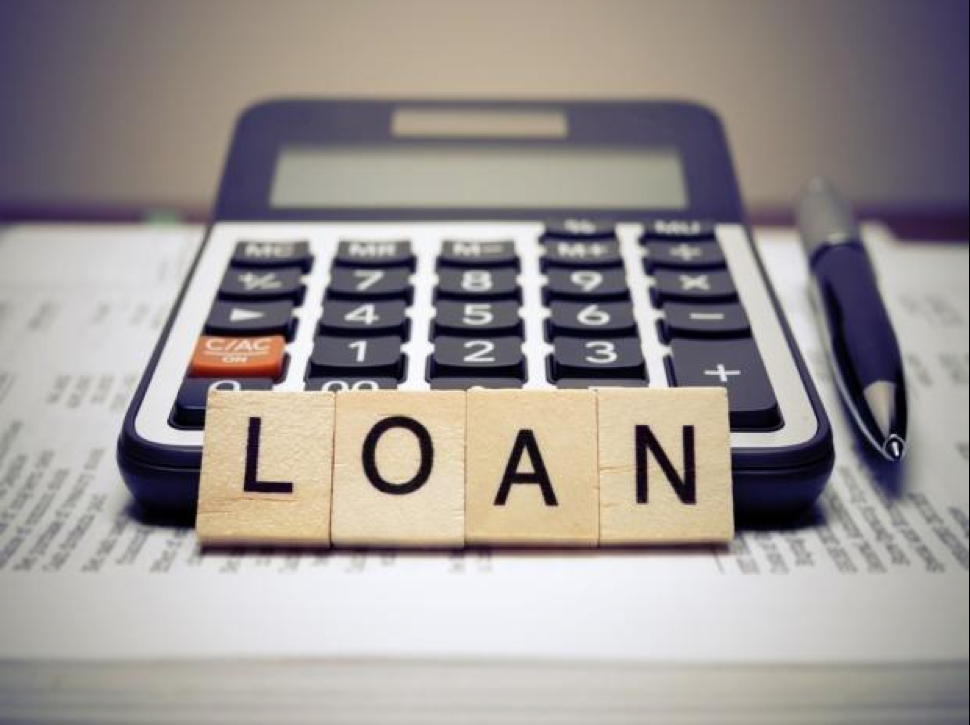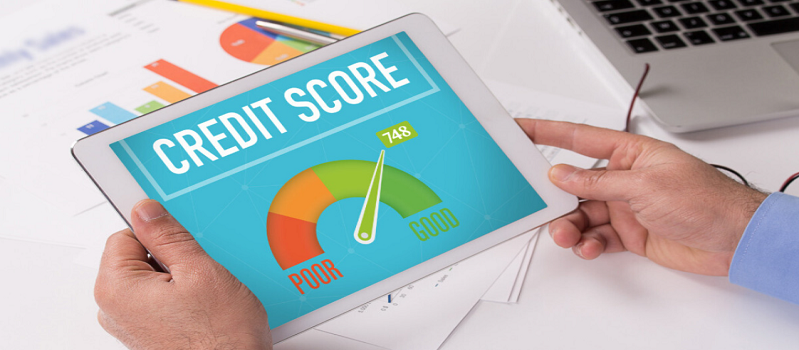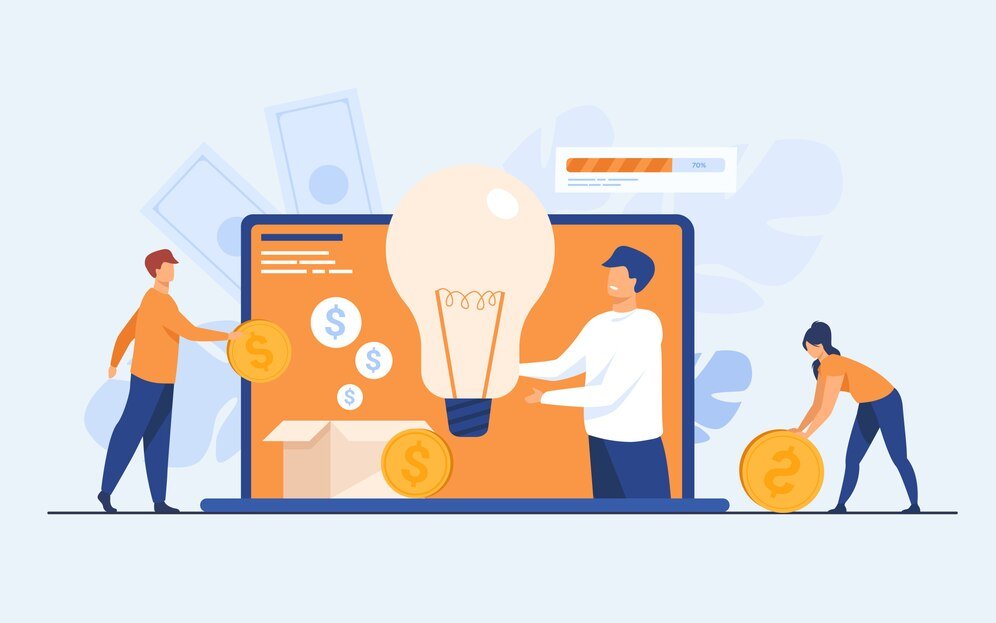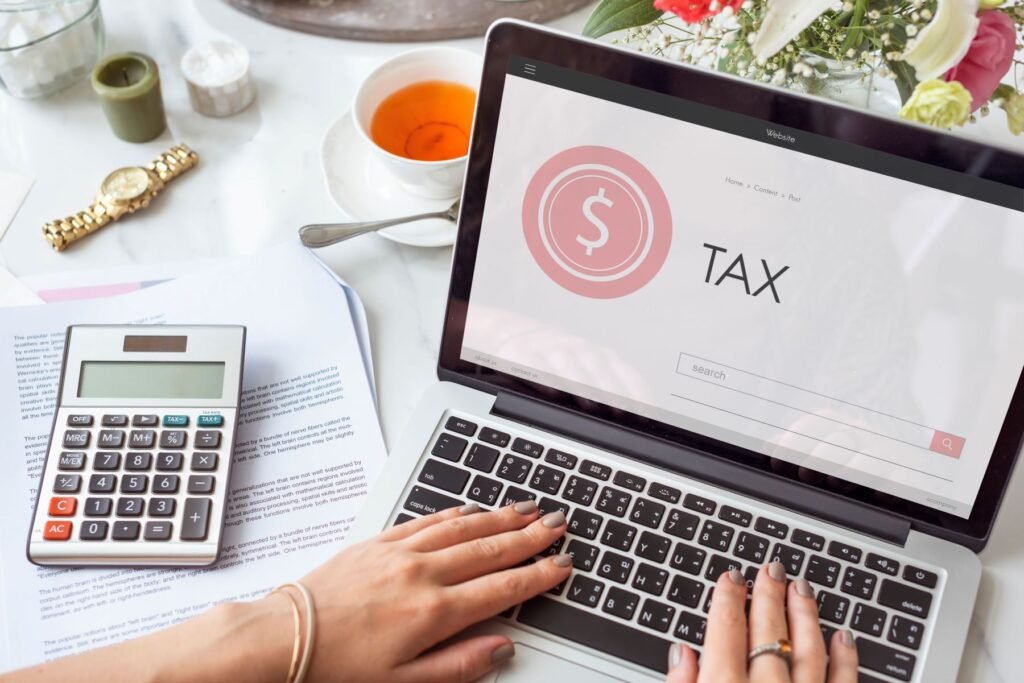What is a Personal Loan?
A Complete Guide 2025
What is a Personal Loan? A Complete Guide 2025
If you want to borrow money for a large expense, a personal loan is something to consider. A personal loan is a versatile financial tool that can be used for just about anything: from paying off debt consolidation loans to financing a home renovation. In this guide, we will break down what a personal loan is, how it works, and how to determine whether or not it is right for you in 2025.
What Is a Personal Loan?
A personal loan is an unsecured loan enabling people to borrow money nearly for any purpose. Different from a mortgage or automobile loan, a personal loan does not require any sort of collateral, which essentially means you do not need to pledge any of your assets (like your house or car) in guaranteeing the loan. These are primarily offered by banks, credit unions, and online lenders.
The amount, interest, and term of loan depend upon the credit score of the customer, income level, and the policies of a lender. Personal loans may be available for any personal purpose and can be directed towards several purposes, which include but are not limited to paying off debt balances, settling medical bills, home renovations, or just financing any special occasion.
A personal loan entails an agreement whereby a borrower gets a certain sum of money in the form of a loan, usually with the provision to pay it back through a certain period of time-anything between one and seven years, for that matter-through fixed monthly installments, the installments mostly containing the principal amount along with some interest. Thus, through these kinds of loans, your budget is fixed during a given period of time, hence relatively simple.
Interest rates for personal loans vary widely based on a variety of factors, including your credit score, the amount of the loan, and the term length. The better your credit, the lower interest rate you’ll probably be able to get, and you’ll pay less over the life of the loan.
Types of Personal Loans
Personal loans can be broken down into categories by the way they are structured and by the type of interest they carry:
Fixed-Rate Loans
A fixed-rate personal loan means that your interest rate and monthly payment will be the same throughout the loan term. This provides predictability and makes it easier to budget.
Variable-Rate Loans
With a variable-rate loan, the interest rate could change, depending on the market at the time, meaning your payment may go up or down over time. Although that might begin with a slightly lower interest rate, there is a potential for having higher payments later on in life.
Secured vs. Unsecured Personal Loans
Most personal loans are unsecured, but some lenders do offer secured personal loans, which require a borrower to put up collateral. The interest rates on secured loans are usually lower, but if you default on the loan, the lender will take your collateral, like your car or savings account.
How to Qualify for a Personal Loan
The process of qualifying for a personal loan is based on several factors evaluated by the lender:
Credit Score: The most important factor includes your credit score, as it reflects your history about managing debt. The higher credit score usually results in an offer of a better loan with lower interest rates.
Income and Employment Status: To ensure that you have sufficient income to repay the loan, lenders require proof of income, such as a pay stub or bank statements.
Debt-to-Income Ratio: Lenders will also check your existing debt compared to your income to find out how much more debt you can afford. A low debt-to-income ratio is favorable.
Loan Amount and Term: The amount of loan you want to take and the term period through which you want to pay off the loan will also impact your eligibility. More the loan amount or longer the term, the stronger your financial profile must be.
advantages of Personal Loans
Flexibility: With a personal loan, you can finance almost anything; it does not have restrictions on usage.
Predictable Payments: Fixed rate loans result in predictable payments every month. This allows easier planning and budgeting for financial resources.
No Collateral: Most personal loans are unsecured, meaning you do not have to risk your house or other valuable assets.
Lower Interest Rates: If you have good credit, you may get a personal loan at a lower interest rate than with credit cards or payday loans.
Disadvantages of Personal Loans
Interest Rate for Bad Credit: When you have a poor credit score, you may be offered a higher interest rate, making the loan more expensive.
Fees: Some personal loans come with origination fees or prepayment penalties, which can add to the overall cost of the loan.
Debt Risk: If not managed properly, taking out a personal loan can lead to more debt, especially if the loan is used to finance lifestyle expenses rather than essential needs.
How to Apply for a Personal Loan
Applying for a personal loan is a straightforward process. Here are the typical steps:
Check Your Credit Score: Before applying, check your credit score so you know where you stand. This will give you an idea of the loan terms you might qualify for.
Compare Lenders: Research different lenders, including banks, credit unions, and online lenders. Look at interest rates, loan terms, and fees to find the best deal.
Submit an Application: Complete the loan application, which may require details like your personal information, income, and employment history.
Review the Terms: If approved, carefully review the loan terms, including the interest rate, monthly payment, and any fees.
Accept the Loan: Once you’ve reviewed the offer, accept the loan and wait for the funds to be disbursed, which can happen quickly with online lenders.
Personal Loan Alternatives
While personal loans are great for many, there are other ways to borrow money. Here are a few alternatives to consider:
Credit Cards: If you have a good credit score, using a credit card for smaller expenses may be an option, though the interest rates tend to be higher than personal loans.
Home Equity Loans or HELOCs: If you own a home and need a large sum of money, a home equity loan or line of credit may offer lower interest rates. However, these loans are secured by your home, meaning you risk foreclosure if you fail to repay.
Peer-to-Peer Loans: These are loans provided by individual lenders through online lending platforms and often at lower rates compared to traditional lenders. Yet, they are sometimes not easy to qualify for.
Conclusion
A personal loan can serve as a useful financial tool for you in 2025, providing a rather flexible and affordable way of borrowing. Consolidating your debt, financing home improvements, or simply paying for a sudden expense requires knowing about how personal loans work and will make informed decisions with them. Do not hesitate to shop around, compare loan offers, and just borrow what you can pay back.
Your Loan Is Few Steps Away!
Recent Posts



































